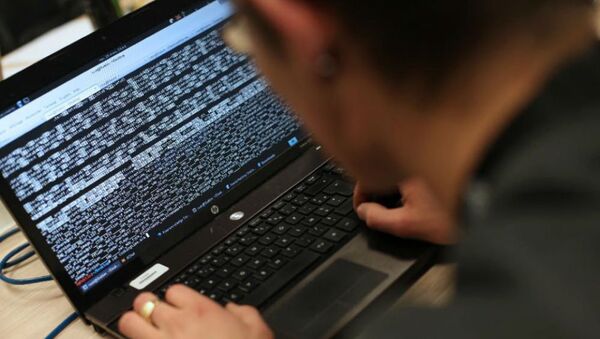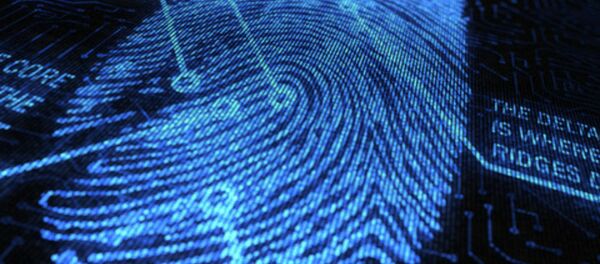US officials had sought to downplay the risks of US spies being uncovered by the data hack, which the OPM announced on June 4, when it promised to notify 4.1 million current and former federal employees whose records had been accessed.
Social Security numbers, job assignments, performance ratings and the training information on employees and contractors were included in the accessed data, but agency officials have maintained that the personal data of intelligence officials was not kept in the database.
"From an intelligence perspective, it gives you great insight potentially used for counterintelligence purposes," the director of the National Security Agency, Admiral Michael S. Rogers, said at the Aspen Security Forum, which was held in Colorado this week.
"If I’m interested in trying to identify US persons who may be in my country — I am trying to figure out why they are there: Are they just tourists? Are they there for some other alternative purpose? There are interesting insights from the data you take from OPM."
Though it is unclear if the personal information of US spies was held in the OPM database, it is feared that even if the spies' data has not been entered into the OPM records, as intelligence officials maintained, it is possible for those with access to the hacked records to nevertheless analyze the data and uncover American spies.
Earlier this month the OPM disclosed the fuller extent of the breach, estimating that more than 21 million people had had some form of their data exposed in the hack, including more than 1.1 million fingerprint records.
Though some US government officials and politicians have publicly attributed the attacks to hackers based in China, other US officials such as NSA chief Rogers have declined to allege that Chinese hackers are behind the attacks, and the Chinese government has rejected the claims, described as "irresponsible and counterproductive" by representatives of the Chinese Foreign Ministry.



